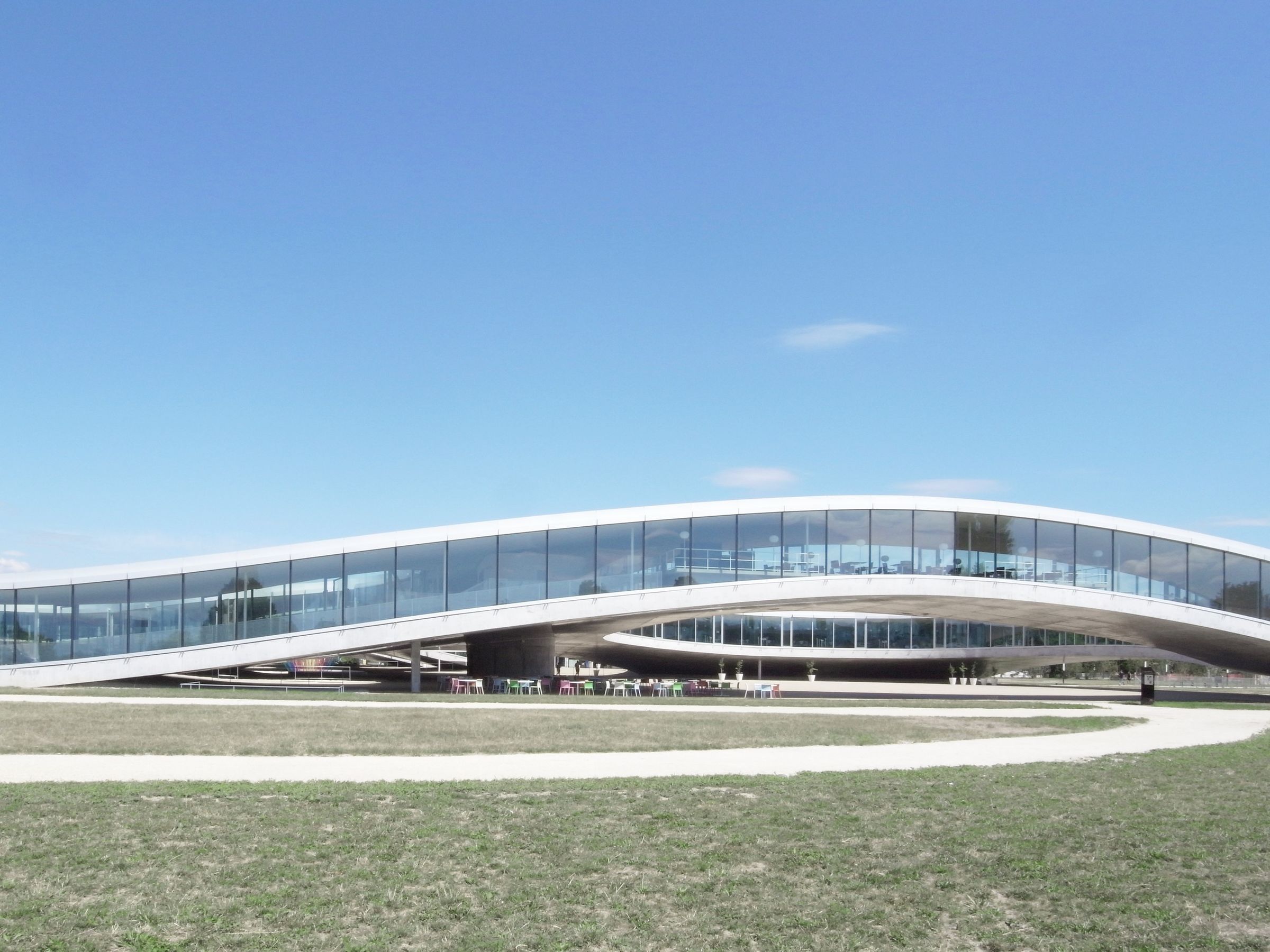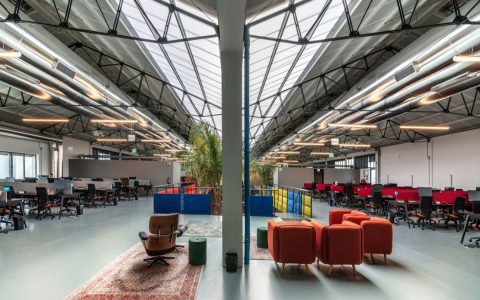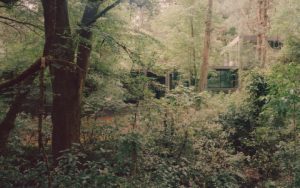The Rolex Learning Center, located at École Polytechnique Fédérale de Lausanne (EPFL) in Switzerland, was designed by Japanese architectural firm SANAA (Kazuyo Sejima and Ryue Nishizawa). Despite geographic references to Sana'a (Yemen's capital) in the query, this landmark building is situated in Lausanne.
Background & Purpose
Commissioned by EPFL, the project aimed to create a new central hub fostering interdisciplinary interaction among students, researchers, and the public. Rolex provided significant financial support, resulting in the naming rights. Construction spanned from 2007 to its opening in 2010.
Architectural Concept
SANAA's design radically reimagined traditional library typology:

- Undulating Continuous Space: Features a single, flowing floor plane devoid of conventional rooms and corridors.
- Organic Form: Resembles a massive slab pierced by internal courtyards ("patios"), creating hills and valleys defined by hills, valleys, and irregular openings.
- Structural Innovation: Achieved using curved steel beams supporting a complex concrete shell, enabling large column-free spans.
Key Features
- Seamless Integration: Merges library functions, study areas, cafés, services, and meeting spaces fluidly.
- Natural Light & Views: Extensive glazing and patios maximize daylight and offer panoramic views of Lake Geneva and the Alps.
- Accessibility: Gentle slopes replace stairs across much of the building, enhancing universal access.
Sustainability
Incorporates geothermal heating/cooling, optimized natural ventilation, and high-performance glazing, reflecting EPFL's commitment to environmental responsibility.
Significance
The Rolex Learning Center is celebrated as a groundbreaking architectural achievement. It exemplifies SANAA's minimalist aesthetic and philosophy of social connectivity through space, becoming an iconic symbol of EPFL and 21st-century educational architecture.






